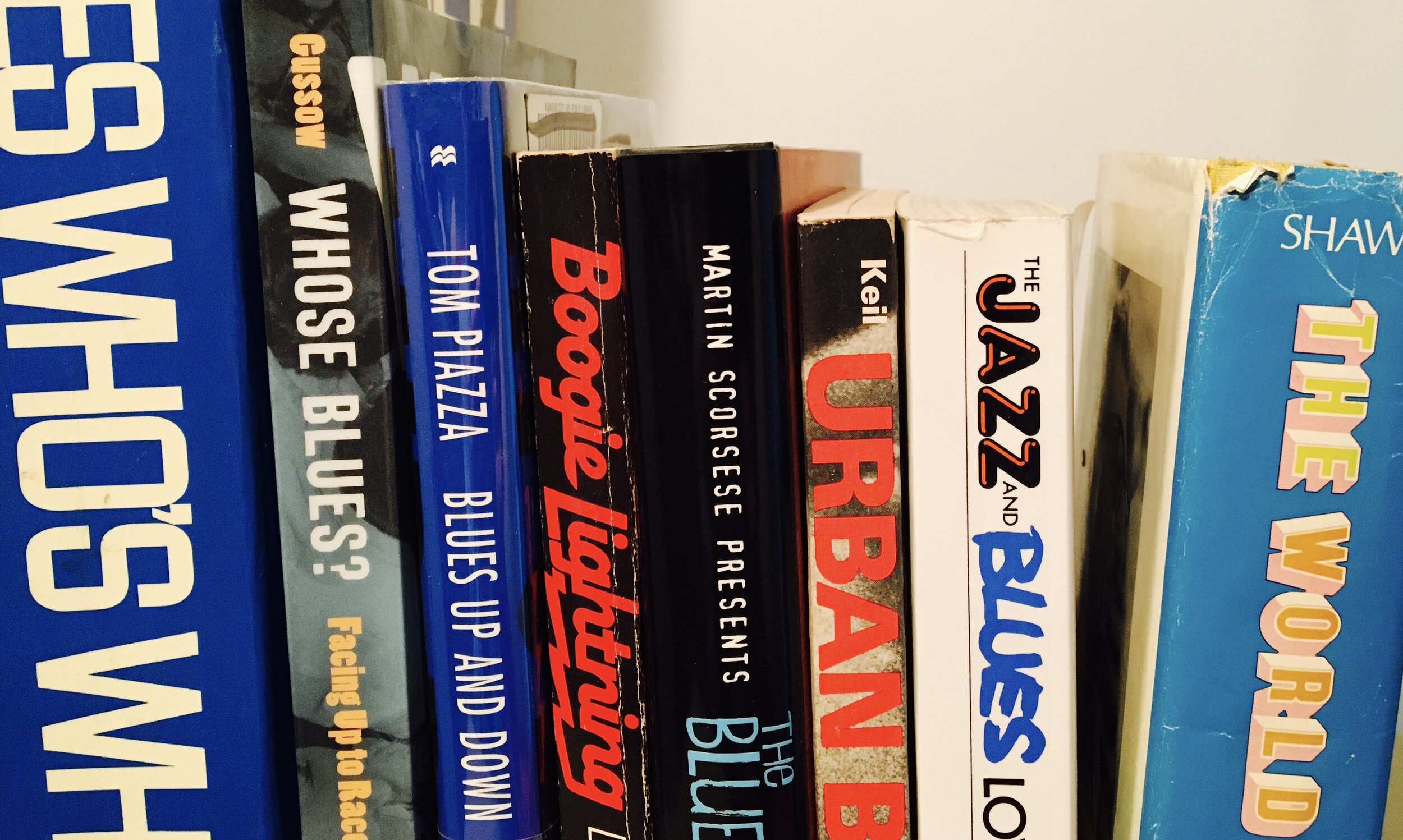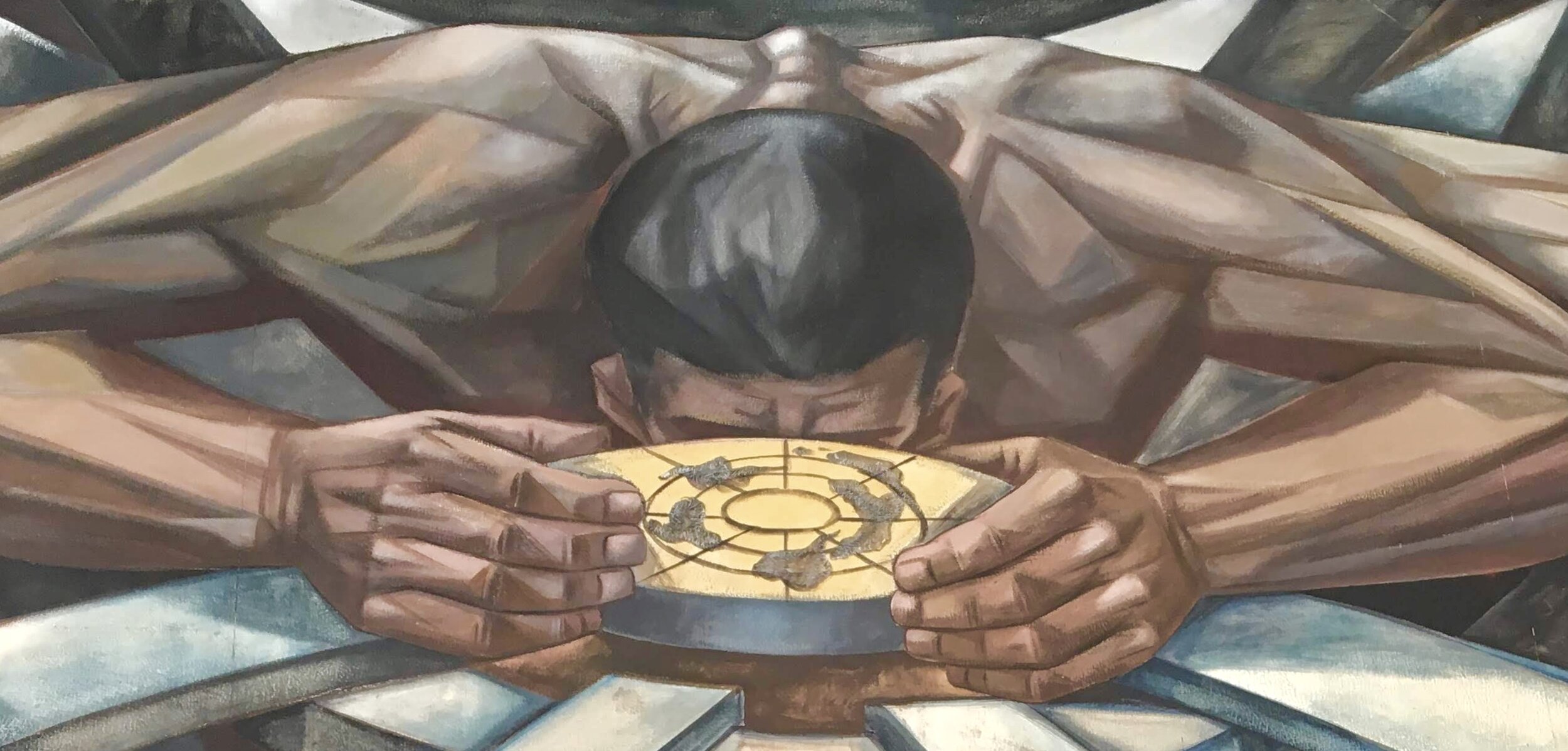Original image by There Stands the Glass.
Several hours after news broke that an instrument of evil died in prison seven years after murdering two people at the Jewish Community Center of Greater Kansas City as part of a hateful rampage, a life-affirming concert was held on the grounds of the same site on Tuesday, May 4.
Limited to an audience of 100, the free outdoor concert by three young musicians from the Kansas City Symphony provided a vastly superior experience to my initial foray into live music in the post-quarantine era. Given the glorious weather and tranquil atmosphere, I wasn’t surprised to see a robin refuse to abandon a tree planted in a parking lot median even though a pair of loudspeakers were placed directly under its nest.
The amplification of the 45-minute performance on the symphony’s mobile stage added an unavoidably metallic but not unpleasant edge to works by the likes of Johann Sebastian Bach and Zoltán Kodály. Tears of joy soon dripped into my facemask. In spite of the disconcerting coughs and sneezes of a couple seated nearby, I was overcome with gratitude for merely being alive to savor the immortal flare of a Ludwig van Beethoven string trio.
A yellow finch joined the steadfast robin during a lively reading of an arrangement of a gospel-inspired piece by Adolphus Hailstork. The transitory symbol of a harmonious world signaled that good repeatedly triumphs over evil, beauty is more powerful than ugliness and the resilience of a loving community is capable of overcoming unimaginable horror.









